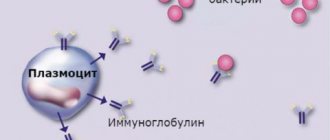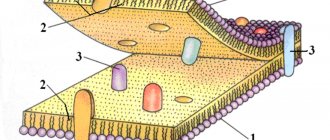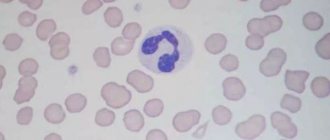Good afternoon! A lot of blog readers ask me about a new diagnostic testing technique for chronic alcohol abuse. We are talking about a blood test for CDT - this is a determination of the transferrin fraction (diagnosis of alcohol abuse). What is this test for chronic alcoholism? Indeed, is it possible to diagnose chronic alcohol abuse through qualitative and quantitative analysis of carbohydrate-deficient transferrin (CDT) using capillary electrophoresis?
In the region where I work, blood tests for chronic alcoholism began to be done quite recently. I already have some experience.
The new orders require CDT determination in many cases:
- for registered drug treatment patients every three months
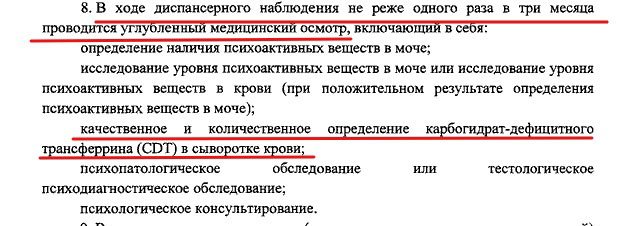
; - when examined during a medical examination to obtain a driver’s license:
- for carrying weapons;
- permission to work with narcotic substances.
The fact is that the examination is very expensive (according to my readers, from 3.5 to 6 thousand rubles), equipment for determining CDT, sets of reagents and consumables cost millions of rubles. Not every region has that kind of money in its budget.
But, judging by your questions, the method of qualitative and quantitative analysis of carbohydrate-deficient transferrin (CDT) for testing for chronic alcohol abuse has begun to be widely used in Russia. As a rule, automatic capillary systems Minicap or Capillarys manufactured by Sebia and reagent kits for them are used. Shall we figure it out together?
What kind of method is this - a blood test for alcoholism?
Narcologists claim that the CDT marker makes it possible to identify chronic alcoholism, including forms of hidden or latent alcoholism, at an early stage, and to differentiate it from moderate or occasional alcohol use. In addition, it provides monitoring of the effectiveness of the therapy through an objective reflection of remission or relapse.
To do this, laboratory testing (screening) of blood serum is performed to identify and quantify a marker of chronic alcohol abuse - carbohydrate-deficient transferrin (CDT).
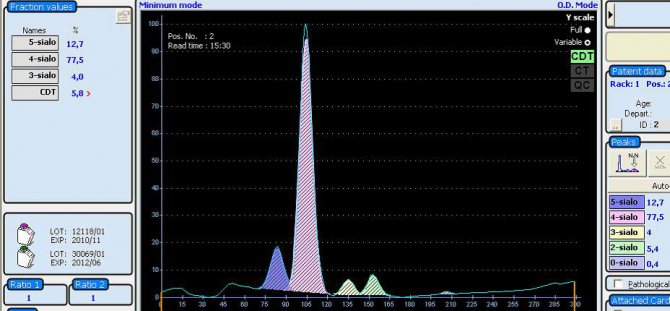
Analysis of carbohydrate-deficient transferrin allows us to detect the consumption of high doses of alcohol, equivalent to 50 - 80 g (0.6 l of wine, or 1.5 l of beer, or 0.2 l of strong 40-proof alcoholic drinks) and more absolute ethyl alcohol per day , for a week or more.
The biological marker CDT is the only marker for assessing chronic alcohol load.
Why is CDT a marker of chronic alcoholism?
Our blood contains the serum protein transferrin, which is responsible for transporting iron. Its main form is tetrasialotransferrin. When drinking alcohol in large quantities, the concentration of its other isoforms in the blood increases, which are assessed as carbohydrate-deficient transferrin.
“CDT test data allows us to determine whether a person abuses alcohol or not. This is not always an indicator of chronic alcoholism. This test is sensitive to frequency of alcohol consumption. For a person who often drinks alcohol, even in small quantities, the CDT indicator will go off scale,” explained narcologist Alexey Kazantsev to
According to medical sources, the concentration of CDT in the blood does not change in the case of a single large amount of alcohol. However, with daily consumption of more than 60 g of ethanol (0.75 liters of wine per day) for at least two weeks, the level of these isoforms increases to 2.5% of total transferrin. With complete abstinence from alcohol for two weeks, the CDT level drops to 1.2%.
Question answer
Why are men allowed to drink more than women? The blood concentration of carbohydrate-deficient transferrin can be increased not only due to alcohol abuse. The CDT test can give a high result in pregnancy, taking hormone replacement therapy, certain liver diseases, carbohydrate deficiency glycoprotein syndrome type Ia (manifested by an increase in disialo- and asialotransferrin compounds simultaneously with a decrease in tetrasialotransferrin), congenital fructose intolerance and some other disorders and diseases.
“Yes, this test may be subject to error, just like a breath alcohol test, for example, when taking certain medications. To prove this, a person must have appropriate medical certificates stating that there are certain diseases or malfunctions in the body,” says Alexey Kazantsev.
In what cases should CDT determination be used in blood serum?
When registering patients with alcoholism, laboratory confirmation of the fact of chronic alcohol consumption (positive CDT test result) is very important.
To objectify the monitoring of the remission of a patient with alcoholism and make a decision to remove him from the register, it is necessary to confirm the absence of facts of alcohol consumption over a long period of time. The persistence of remission is confirmed if negative results of the CDT test are obtained during the entire period of dispensary registration.
Screening for chronic alcohol abuse is of great importance for workers whose professional activities involve an increased risk to others. Determining alcohol in exhaled air using Alcometers is ineffective, since the subject can always prepare for a routine examination with a narcologist. Determining the CDT level, on the contrary, is a more effective means of assessing chronic alcohol abuse, since the half-life of the marker is at least 14 - 17 days.
Remember, to get a negative CDT result, you cannot drink alcohol for at least two weeks! A single intake of high doses of alcohol does not cause an increase in this indicator. Taking medications (antidepressants, disulfiram) does not cause changes in the results of this analysis.
The use of this method in adolescent addiction treatment is very important. Indeed, in the early stages of the development of alcohol dependence, it is almost impossible to diagnose it using clinical signs. Detection of an increased level of CDT makes it possible with a high degree of probability to confirm the fact of chronic abuse, including at the prodrome stage, when clinical manifestations of alcoholism are still completely absent, and the effectiveness of treatment and preventive measures is maximum.
Does alcohol affect blood tests?
Alcohol can change the composition of the blood :
- reduce the number of red blood cells and hemoglobin levels,
- reduce urea content,
- lower lactate levels,
- reduce glucose levels,
- increase the percentage of triacylglycerols.
Alcohol can make the blood more viscous and increase its thrombosability. An increase in the number of adherent cells and red blood cells can be interpreted as megaloblastic anemia.
The greatest deviations if you take alcohol before taking tests are shown by blood biochemistry. A decrease in uric acid is a consequence of a violation of the circulatory mechanism. An increase in the concentration of triacylglycerols indicates the presence of ischemia or hepatitis.
So that tests after alcohol do not mislead doctors, when receiving a referral, it is necessary to inform the specialist about this condition.
In addition to distorting test results, alcohol can distort the operation of devices in the laboratory. The effect of reagents on ethanol distorts blood sugar levels, as a result of which it is impossible to begin treatment for diabetes mellitus in time.
How is the Carbohydrate Deficient Transferrin (CDT) test performed?
Blood is collected from a superficial vein into a plastic disposable tube with a tight screw cap without anticoagulants. EDTA or citrate tubes should not be used. The sample volume sufficient for research is 2-4 ml. Serum can be analyzed if stored in a refrigerator at a temperature of 2-8°C for no more than 10 days.
This study is more specific to men than to women. It is not recommended to carry out analysis in women during menstruation and during pregnancy, as well as in persons with severe chronic liver damage (cirrhosis, carcinoma, active chronic hepatitis).
Important! If the examinee disagrees with the positive result of the study, as well as in the case of receiving a positive result, the quantitative values of which correspond to the “gray zone” (1.3% ≤ CDT ≤ 1.6%), a repeat test should be scheduled with a fresh serum sample after 3- 4 weeks.
Based on the results of the analysis, a psychiatrist-narcologist draws up a “Conclusion from a medical institution on completion of an examination for chronic alcohol abuse.”
Indications for the test
- Determination of the degree of intoxication as part of investigative measures (after an offense). In this case, the procedure for testing for alcohol is strictly observed: the procedure is performed in the relevant government medical institutions or on site using a variety of electronic devices (a striking example is the well-known “tube” of traffic police inspectors). In this case, the equipment must be certified and meet all requirements regarding verification periods.
- Assessment of ethyl alcohol content before the start of detoxification in a hospital to determine which drugs and in what dose are indicated for a particular patient. The hospital also performs a number of other tests, including clinical blood and urine tests, cardiogram, ultrasound of internal organs and other necessary studies (as indicated).
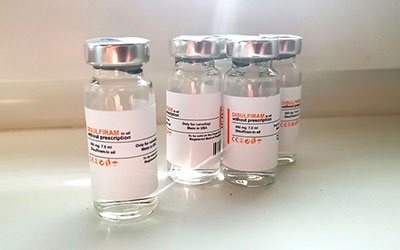
Control before drug coding for addiction. Drugs for restrictive therapy based on disulfiram in combination with ethanol can cause extremely serious complications. The fact is that this medicinal substance disrupts the breakdown of alcohol in the body at the stage of extremely toxic acetaldehyde, which can cause very strong and dangerous intoxication. That is why it is important to follow the narcologist’s recommendation to strictly abstain from alcohol for at least 5 days before the coding injection. The analysis is done if there is doubt that the addict could have violated the ban, or when performing express coding in a hospital.
An alcohol test is informative in cases where a person is drunk or has recently consumed alcohol. To diagnose chronic alcoholism in a hospital setting, attention is paid to other indicators, including:
- AST (aspartate aminotransferase): increased in 75% of addicts due to liver damage;
- ALT (alanine aminotransferase): if the AST/ALT ratio is 2 or more, alcohol damage to hepatocytes is suspected;
- GGT (γ-glutamyltransferase): activity is increased in 85% of those suffering from alcoholism, this parameter is often used to assess the effectiveness of treatment;
- average erythrocyte volume: increased values are noted in 96% of alcoholics.
The listed indicators are considered in conjunction with lipid profile data, enzyme tests, uric acid levels, etc. The study of these parameters is important for determining the degree of damage to the liver and other internal organs. As a rule, in addition to the main therapy for alcoholism (coding, work with a psychologist, physiotherapy, etc.), mandatory rehabilitation treatment is required. It includes taking hepato-, cardio- and neuroprotectors, vitamins, drugs to restore metabolic processes, etc.
How to interpret CDT blood test results?
It is important that the study protocol must necessarily contain a graphical curve depicting the profiles of transferrin isoforms.
A conclusion about the results of a study without a qualitative assessment protocol (graph) is considered invalid.
A CDT value greater than 1.3% is considered an indicator of chronic alcohol abuse (positive result).
A CDT value of <1.3% is considered a negative result.
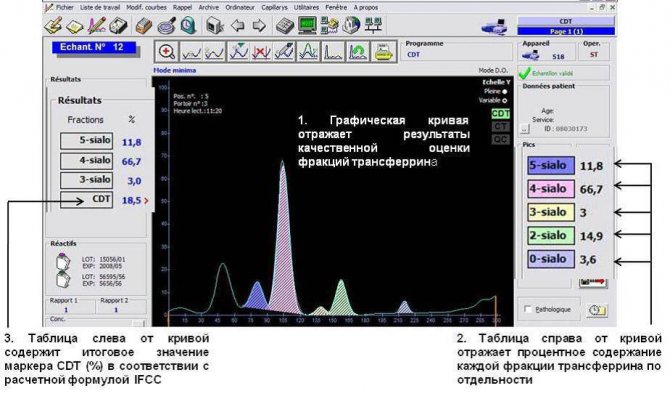
If values in the range of 1.3% ≤ CDT ≤ 1.6% (grey zone) are obtained, it is recommended that the test be repeated 3-4 weeks later using a fresh serum sample from the same patient.
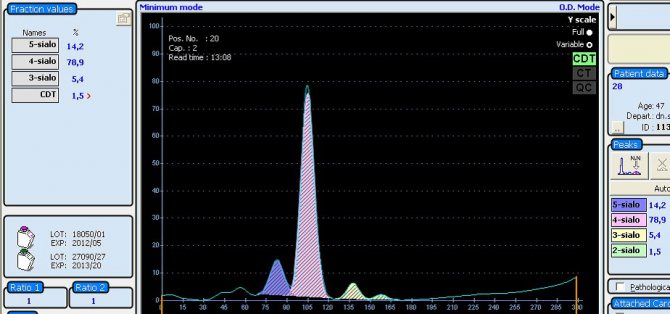
Alcohol testing by a narcologist: rules for collecting biomaterial
To minimize the risk of error, our professionals follow a complete list of rules for collecting biological material:
- The biomaterial is collected using sterile rubber gloves;
- Only sterile bottles for biomaterial are used
- the procedure site is thoroughly sanitized and treated with an alcohol solution (usually a furatsilin solution);
- The biomaterial is collected only from the patient’s vein.
According to generally accepted rules, a blood test for the presence of alcohol is taken from a vein in the elbow. If manipulation is not possible, sampling is performed from any other vein. By trusting us, you can be sure that the examination and diagnosis in our clinic will be performed as correctly and efficiently as possible! Find out prices for services during a consultation by calling the phone number listed on the website.


